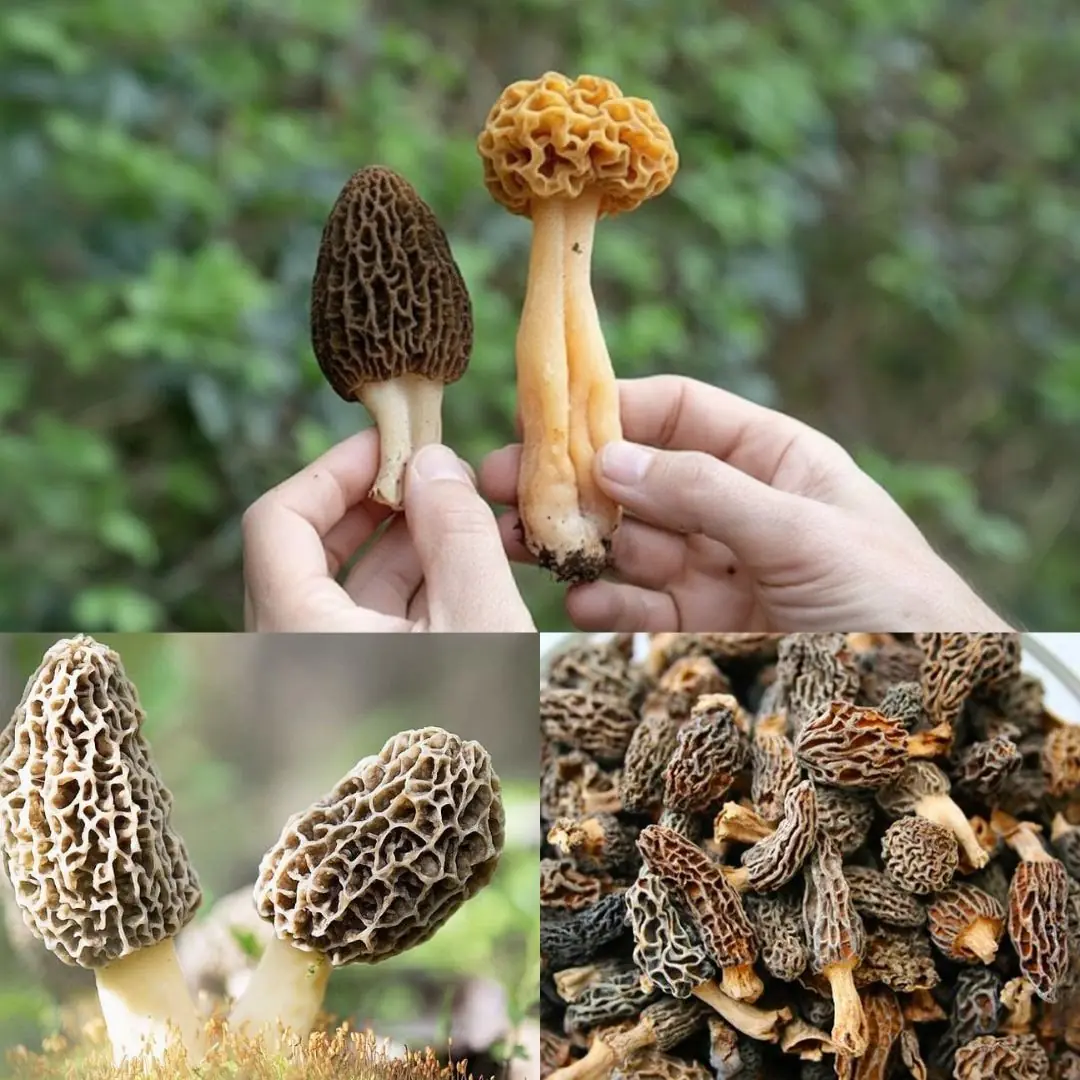
Taro Root: The Ancient Superfood Transforming Health and Sustainability
Taro — known scientifically as Colocasia esculenta — is far more than just a starchy root vegetable. With a rich history spanning millennia, a wide range of culinary applications, and an impressive nutrient profile, taro has earned its place among the world’s most valuable and sustainable crops. Revered in cultures from Southeast Asia to the Pacific Islands, this humble plant offers benefits that extend well beyond the plate.
From root to leaf, taro is a nutritional powerhouse and a cultural icon — one that continues to nourish bodies, traditions, and communities around the world.
🌱 A Glimpse into Taro’s History and Origins
Taro is believed to be one of the oldest cultivated crops in human history, with origins tracing back over 10,000 years. Native to the humid, tropical regions of Southeast Asia and India, taro gradually spread across the globe — becoming a dietary staple in regions as far-reaching as the Pacific Islands, Africa, South America, and the Caribbean.
Across the world, taro is known by different names:
-
Kalo in Hawaii
-
Dasheen in the Caribbean
-
Arbi in South Asia
-
Eddoe in parts of Africa and China
Its widespread cultivation and adaptation speak volumes about its hardiness, adaptability, and deep cultural relevance.
In Polynesian cultures, taro is more than food — it’s sacred. In Hawaiian mythology, the taro plant (kalo) is considered the elder sibling of the Hawaiian people.
🍠 Taro Root: A Nutritional Powerhouse
Taro root is easily recognized by its rough brown exterior and purple-speckled white or lavender flesh. But beneath its humble appearance lies an impressive nutritional profile:
✅ Key Nutritional Benefits:
-
Rich in Complex Carbohydrates
Provides slow-digesting energy, ideal for maintaining stable blood sugar and avoiding energy crashes. -
High in Dietary Fiber
Promotes healthy digestion, supports gut health, and aids in weight management by increasing satiety. -
Vitamin and Mineral Dense
A great source of:-
Vitamin C (immune support)
-
Vitamin E (skin and cell health)
-
Potassium (heart health and blood pressure)
-
Magnesium and manganese (bone health and metabolism)
-
-
Low in Fat
Naturally low in fat and cholesterol-free, making it ideal for heart-conscious diets. -
Naturally Gluten-Free
A perfect alternative to wheat-based grains for those with gluten sensitivities or celiac disease.
Fun Fact: The purple hue in some taro varieties comes from anthocyanins — powerful antioxidants also found in blueberries and purple cabbage.
🍽️ How to Cook and Enjoy Taro Root
Taro’s versatility in the kitchen makes it a popular ingredient across continents. Its mild, nutty-sweet flavor pairs well with a wide range of ingredients — from savory curries to creamy desserts.
🥄 Popular Taro Preparations:
-
Boiled or Steamed
A healthy and simple option. Great with dips or as a side dish. -
Fried or Roasted
Slice into wedges or chips for a crunchy snack. Taro fries are a delicious twist on traditional potatoes. -
Mashed
Taro mash is creamy, comforting, and can be seasoned with garlic, herbs, or coconut milk. -
Soups & Curries
Taro soaks up flavors beautifully and adds body to hearty stews and broths. -
Desserts
Used in ice creams, mooncakes, bubble tea, and puddings — taro lends natural sweetness and a smooth texture.
Caution: Raw taro must be cooked thoroughly to break down calcium oxalate crystals, which can irritate the throat and digestive tract.
🌿 Don’t Overlook the Leaves: Taro Greens
While the root gets most of the spotlight, taro leaves are just as valuable nutritionally. When cooked properly, they become tender and mild in flavor, while offering a rich supply of vitamin A, vitamin C, calcium, iron, and fiber.
🥘 Delicious Dishes Using Taro Leaves:
-
Laing (Philippines): Taro leaves simmered in creamy coconut milk with chili and spices.
-
Stuffed Leaves: Rolled and filled with rice, meat, or lentils — similar to dolmas.
-
Leafy Soups & Stews: A great addition to vegetable broths or lentil dishes for added nutrients.
Like the root, taro leaves must be cooked to neutralize calcium oxalate.
🩺 Beyond Nutrition: The Health Benefits of Taro
Thanks to its rich nutrient content and bioactive compounds, taro provides multiple health benefits:
❤️ 1. Heart Health
-
Potassium helps regulate blood pressure.
-
Fiber lowers LDL (bad cholesterol) levels.
🩸 2. Diabetes Management
-
Low glycemic index and resistant starch content help control blood sugar spikes.
🛡️ 3. Immunity and Antioxidants
-
Vitamin C and E, along with anthocyanins (in purple taro), fight oxidative stress and reduce inflammation.
🌿 4. Digestive Health
-
Fiber feeds beneficial gut bacteria and supports regular bowel movements.
✨ 5. Skin & Cellular Health
-
Antioxidants in taro help slow aging, promote wound healing, and support skin renewal.
🧬 Taro in Traditional and Natural Medicine
Across many cultures, taro has been used not only for nourishment but also for healing:
-
Ayurveda: Taro paste is used topically to soothe skin irritation and wounds.
-
Traditional Chinese Medicine: Used to boost spleen function and support digestive health.
-
Pacific Island Culture: Considered a sacred food, believed to carry spiritual and regenerative power.
🌾 Taro and Sustainability: A Crop for the Future
Taro’s resilience makes it a champion of sustainable agriculture. It thrives in wetlands, rain-fed areas, and poor soil — reducing reliance on chemical fertilizers or irrigation.
🌱 Eco-Friendly Features:
-
Minimal input crop
-
Grows year-round in tropical zones
-
Entire plant is edible (root + leaves = zero waste)
-
Supports biodiversity in small-scale farming
In a world facing climate change and food insecurity, taro is emerging as a climate-resilient, sustainable staple.
🥗 How to Add Taro to Your Diet
New to taro? Start simple:
-
Try boiled or steamed taro as a side dish.
-
Add to soups or curries for extra heartiness.
-
Use taro flour for gluten-free baking.
-
Make a comforting taro mash with herbs and olive oil.
-
Explore desserts like taro bubble tea or taro ice cream.
Look for fresh taro in Asian, Caribbean, or African markets. Pre-cooked or frozen taro is also widely available in many health food stores.
🌍 Taro: Rooted in Tradition, Ready for the Future
Taro (Colocasia esculenta) is more than a starchy root — it’s a cultural symbol, a nutritional asset, and a sustainable food source rolled into one. Its journey through history and across cultures speaks to its enduring value and adaptability.
Whether you're seeking a nutrient-dense ingredient, a gluten-free alternative, or a plant with rich cultural roots, taro is a gift from the earth — one that's waiting to be rediscovered in your kitchen.
So next time you spot taro at the market, take it home — you’re not just buying a vegetable, you’re embracing thousands of years of culinary and cultural wisdom.
News in the same category

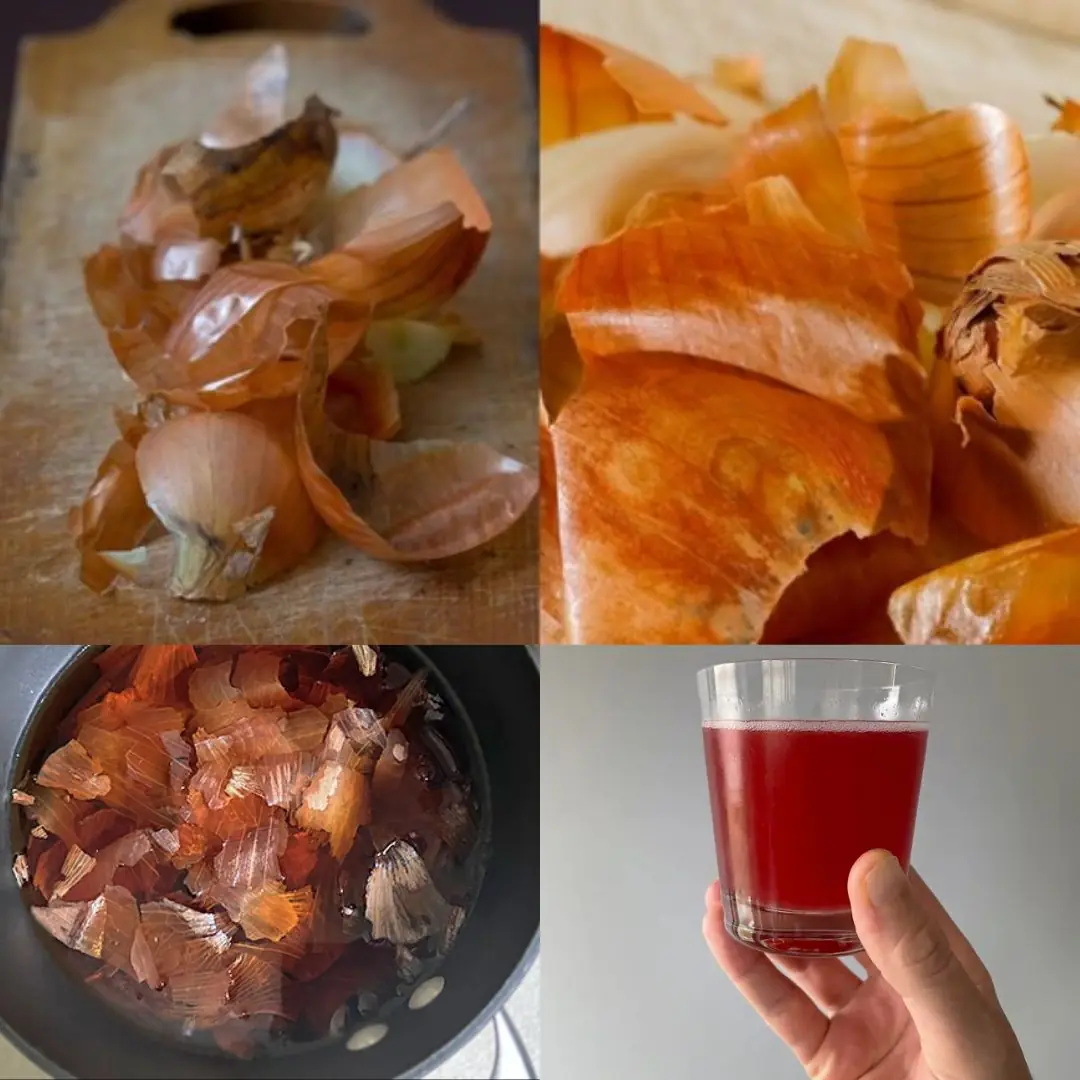
The Hidden Power of Onion Peels: Benefits and Homemade Uses

Beautify with familiar ingredients available in every home

Goldenberries (Physalis peruviana): A Nutrient-Packed Powerhouse for Health and Vision
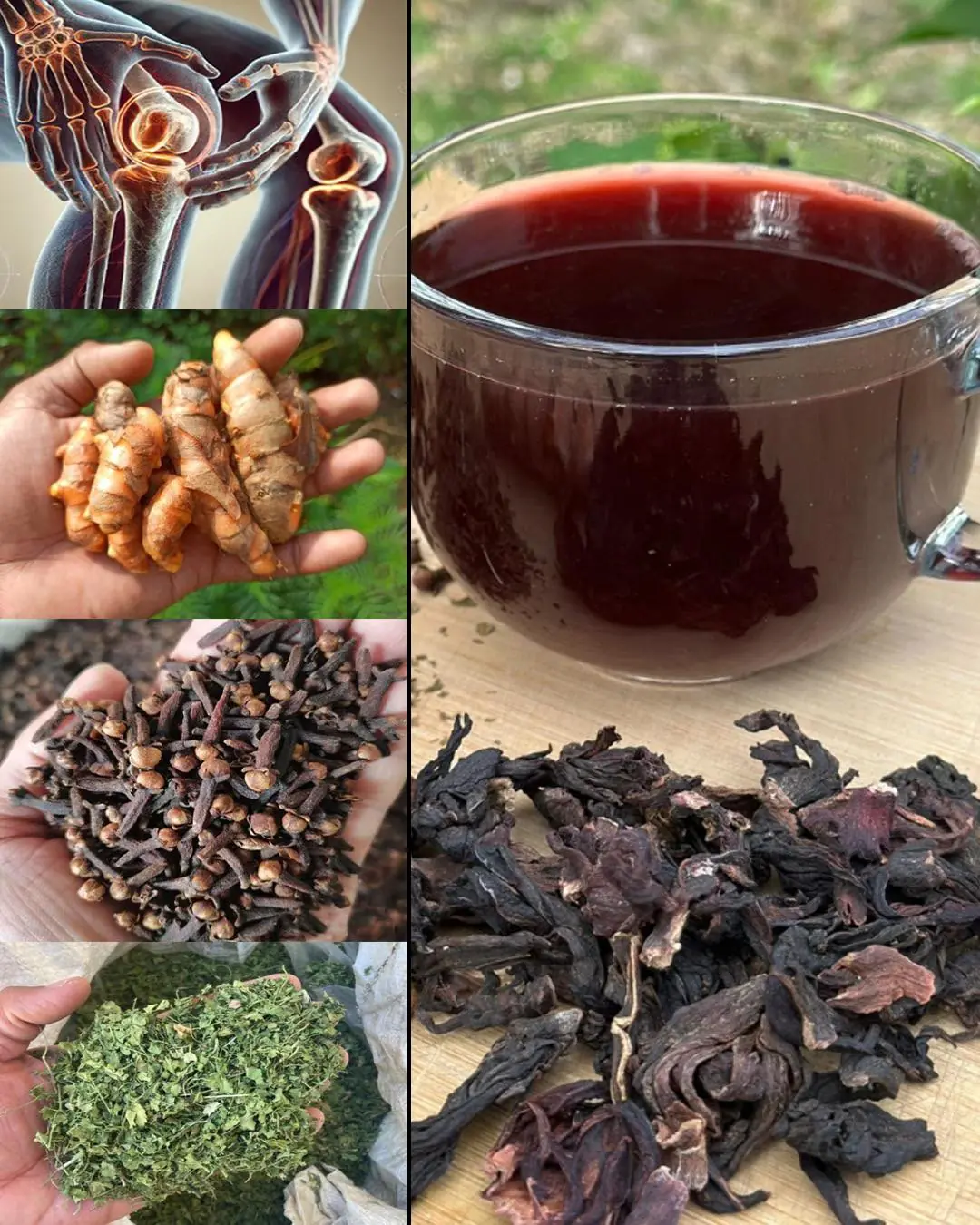
The Miracle Elixir for Diabetes, Fatty Liver and Joint Pain
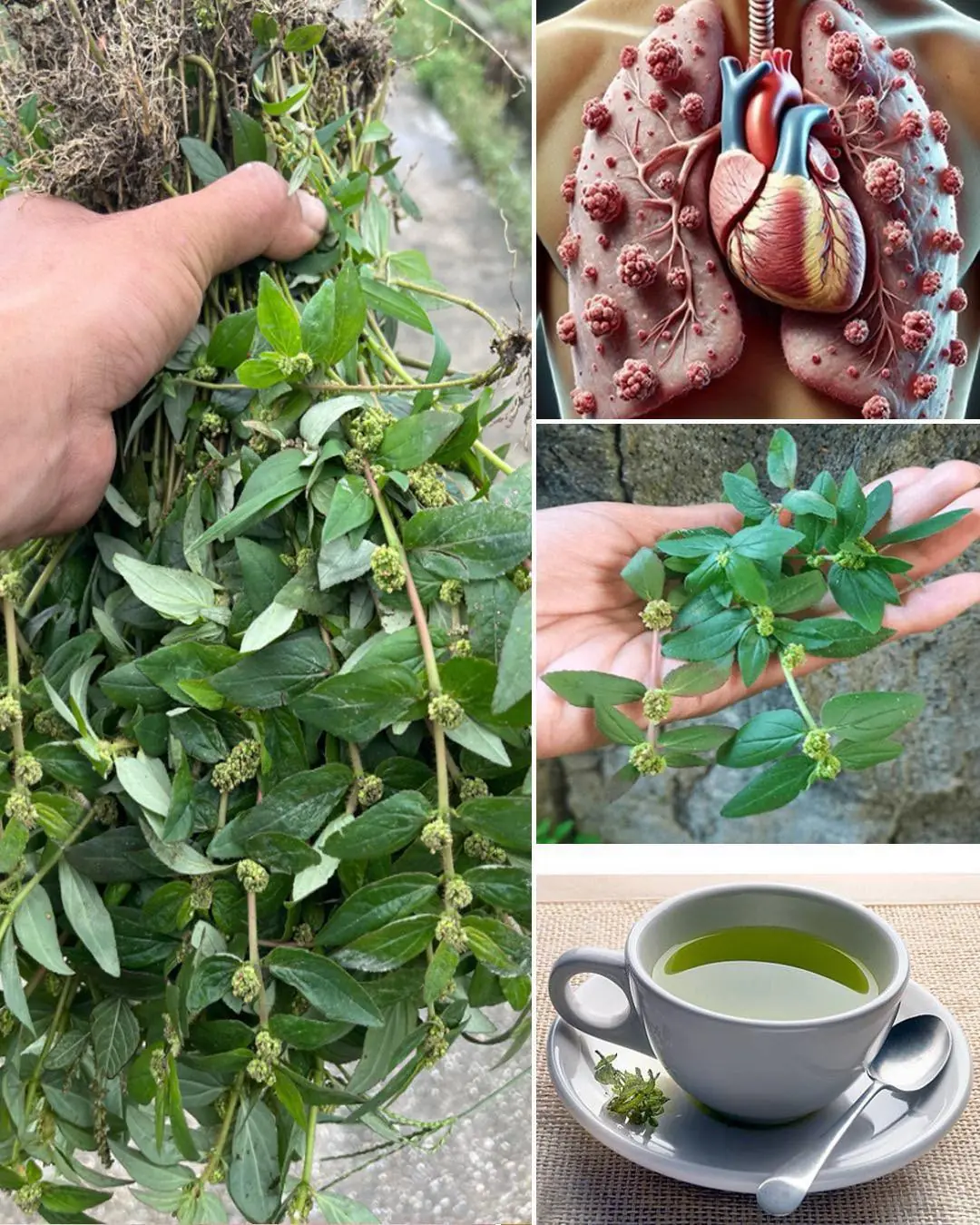
Euphorbia Hirta: 9 key health benefits of this versatile plant
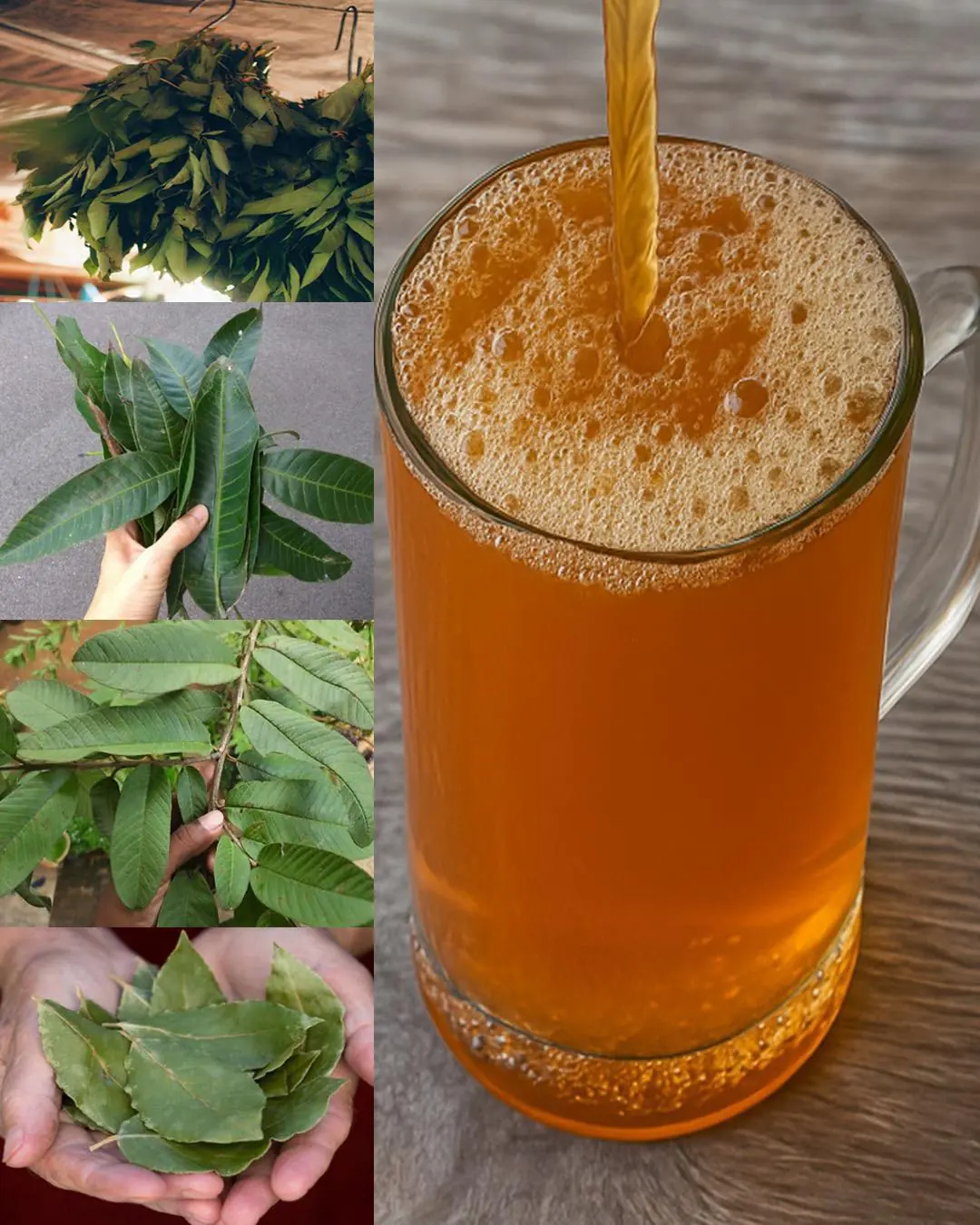
The four medicinal leaves: Avocado leaves, mango leaves, bay leaves, and guava leaves

The Hidden Power of Euphorbia prostrata: Benefits, Uses, and Healing Secrets

The Power of Chanca Piedra: 10 Benefits and Uses
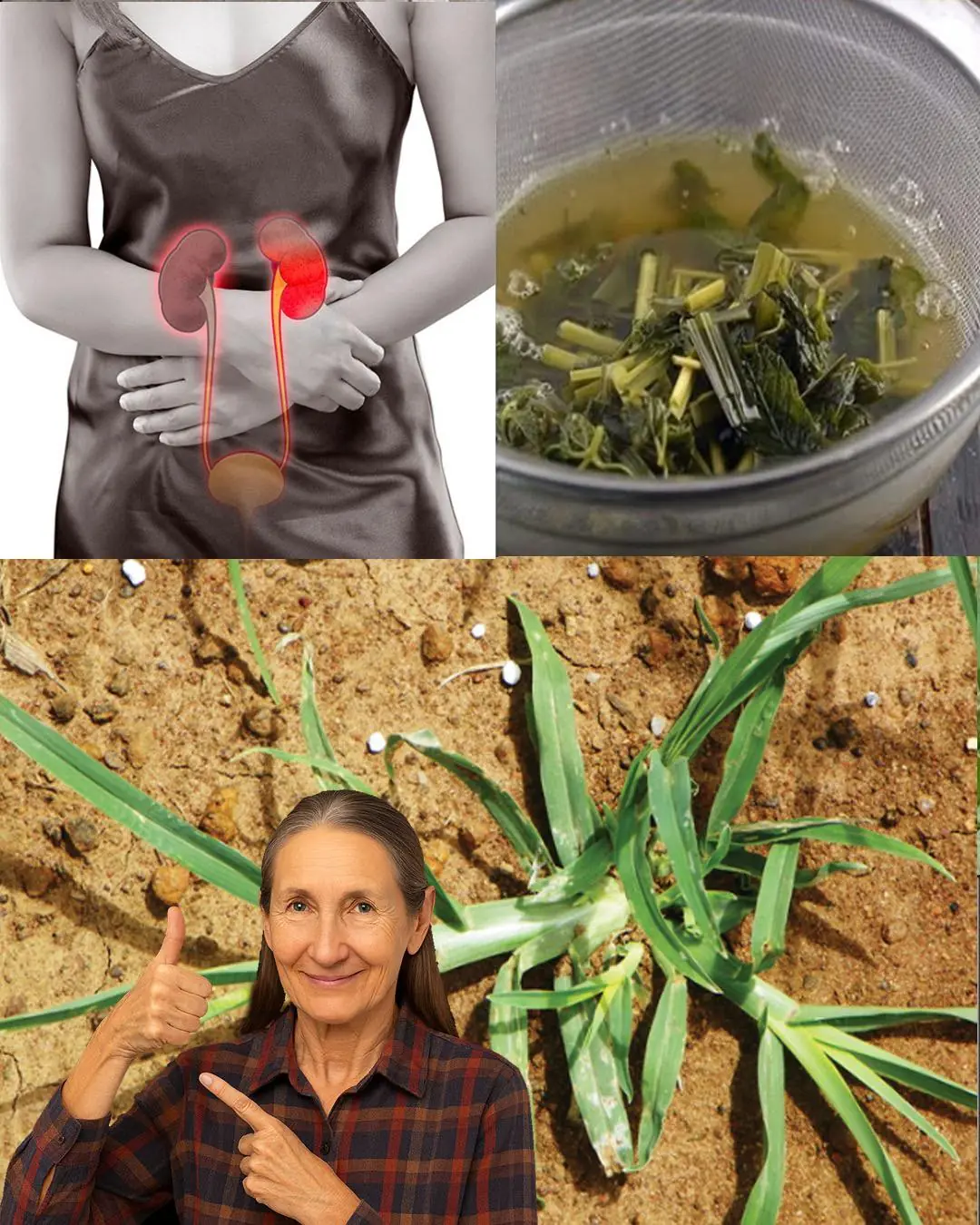
Goosegrass: Health Benefits and Uses

7 Benefits Of Papaya Seeds & How To Consume Them Correctly

Purple Deadnettle (Lamium purpureum): A Hidden Gem of Medicinal and Practical Uses

Chewing Cloves Daily: A Tiny Habit with Massive Health Benefits
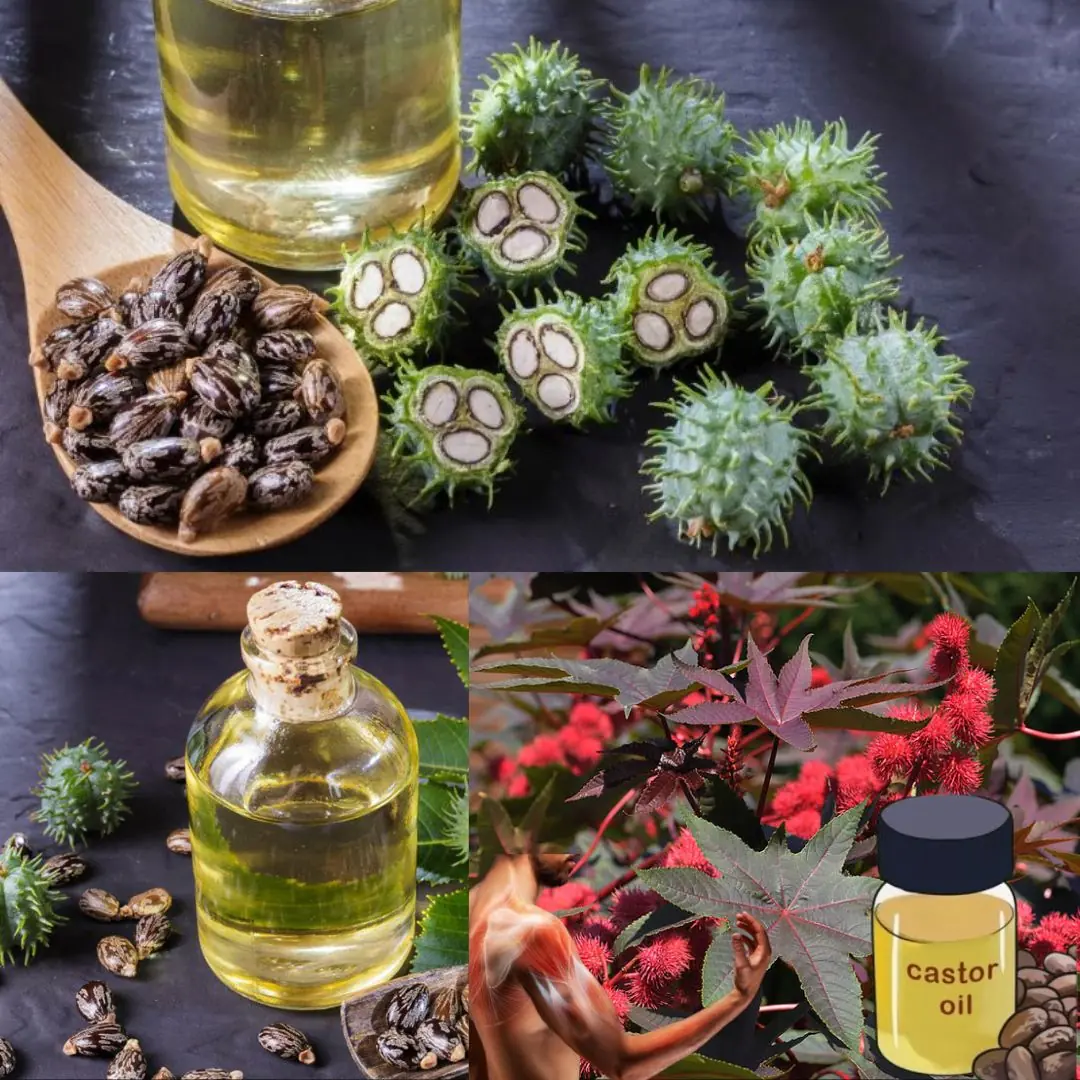
Gardening 7 Benefits and Uses of Castor Oil
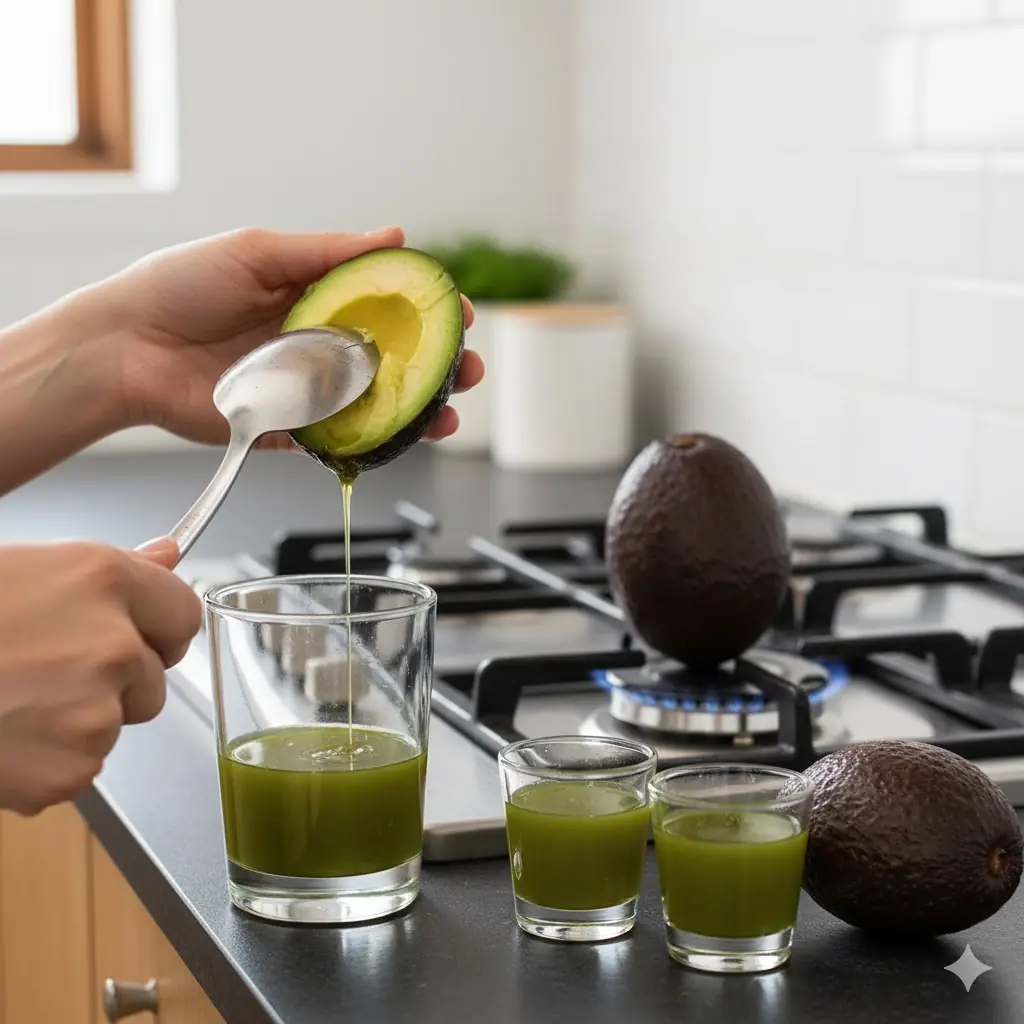
Here’s the secret why everyone puts avocados on the fire!
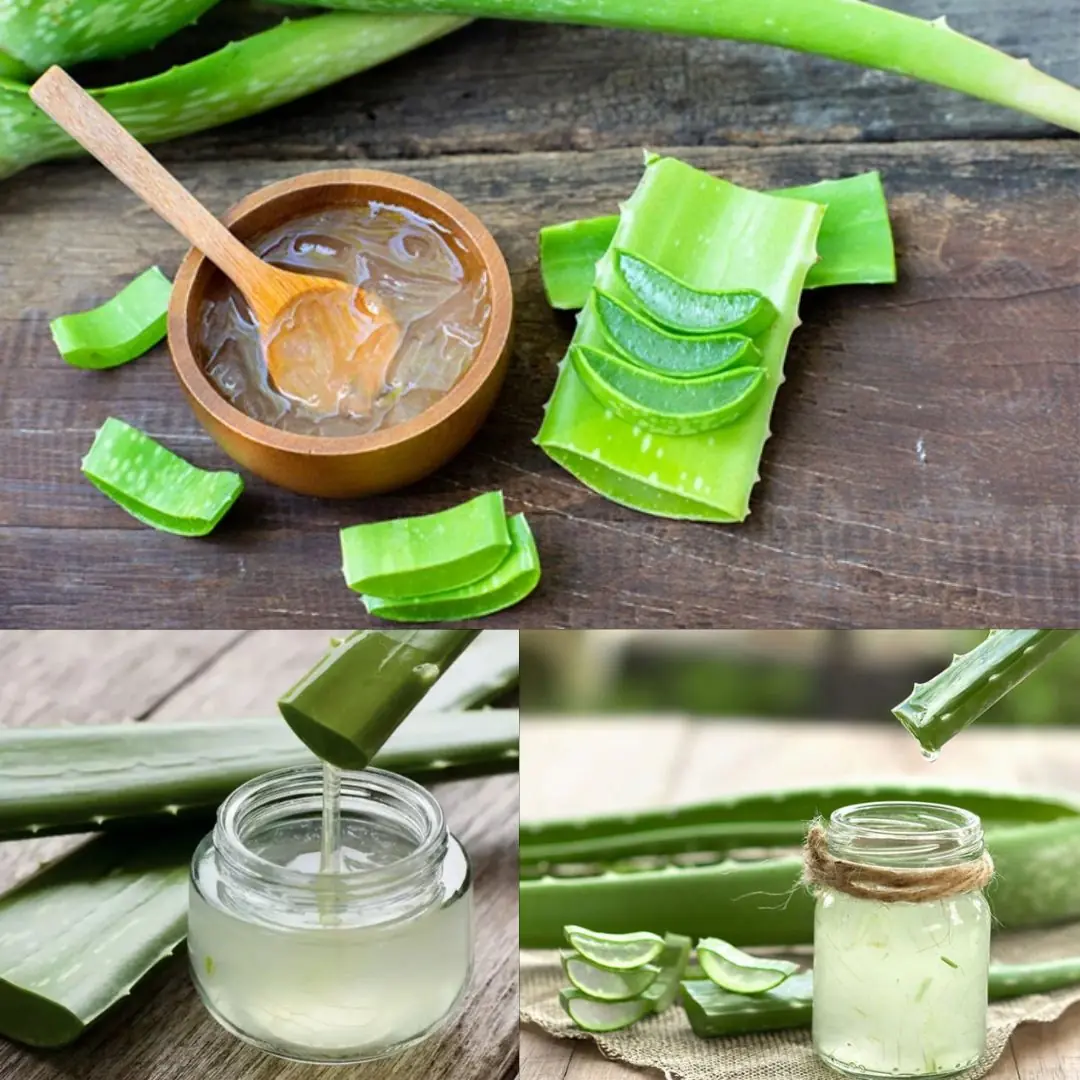
The Aloe Vera Gel Is Not the Only One Very Useful
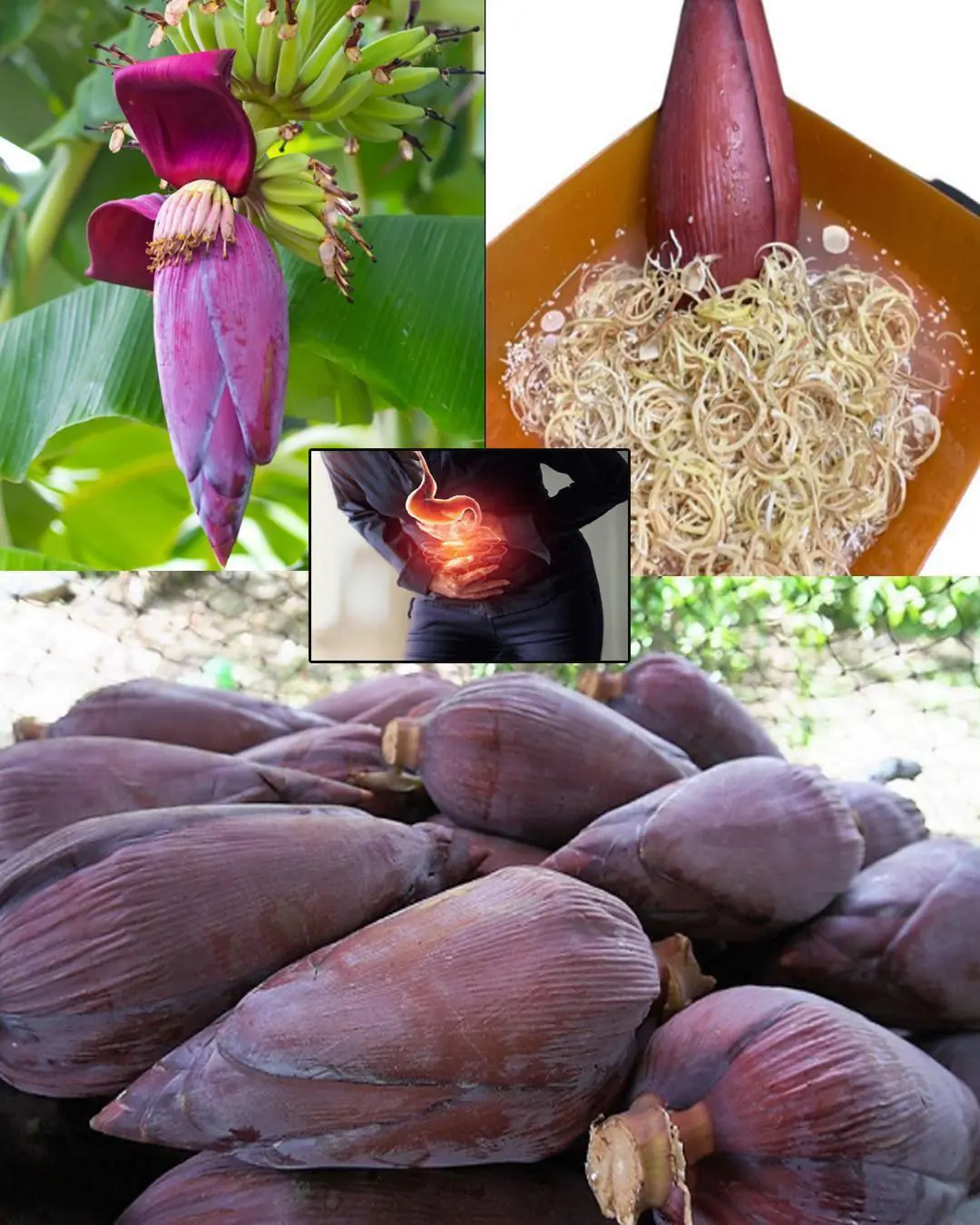
Banana Blossom: Health Benefits, Recipes, and Uses
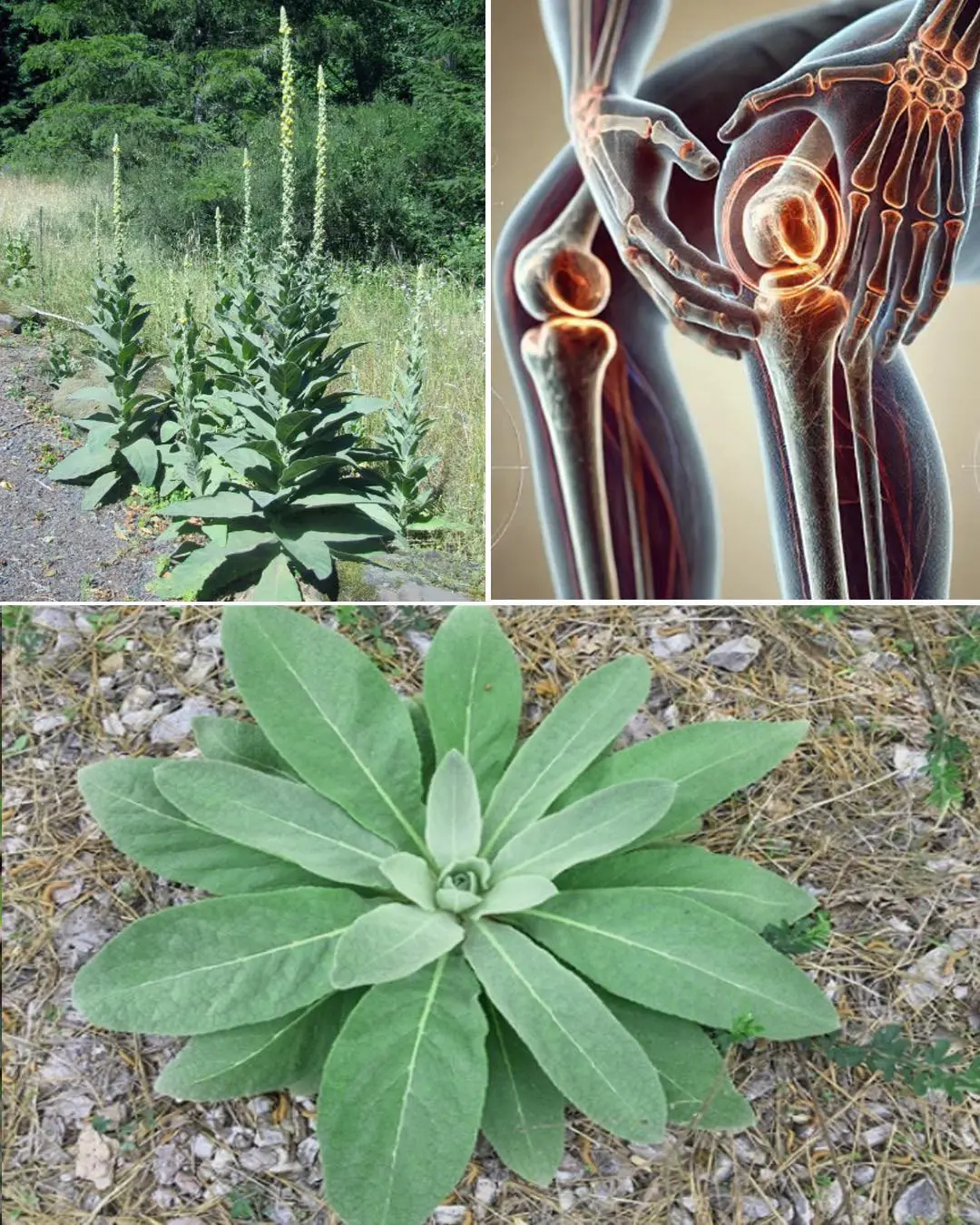
Common Mullein: Benefits and Uses of Nature’s Versatile Herb
News Post

A Cry That Changed Everything: How One Officer’s Heroic Act Saved a Life and Left a Lasting Mark.32

A Kiss That Speaks: The Extraordinary Bond Between a Child and a Deaf Dog

Give one away to an orphanage. We can’t handle three,” he said indifferently, barely glancing at the children.

An Old Man Found a Pregnant Girl in the Snow. He Saved Her from the Blizzard. And She Gave Him a Reason to Live

No Words, Just Love: A Second Grader’s Quiet Lesson in True Friendship.108

— Did you see the suitcases by the entrance? Those belong to your family. If you have any objections, I packed yours too, — the wife greeted her husband with an ultimatum.

The midwife pushed the pregnant girl out the door of the delivery room, throwing back over her shoulder: “Give birth on the street.”
The Day Two Puppies Found a Family — and Gave One Back

The terminally ill son of wealthy parents married a naive girl, and she took him off to a remote area. Six months later, his parents could hardly recognize their son.
Love at First Mess: A Couple’s Joyful Journey With Their First Puppy

A week alone would make her compliant, like silk. But when he saw what had happened during that time, he froze just stepping over the threshold.

Classmates were mocking me at the reunion, thinking I was still a nobody… But in the morning, they saw me on the cover of a business magazine.

LIVE LIKE BRANSON – THE BOY WHO TAUGHT THE WORLD HOW TO LOVE BRAVELY

— Tanya, did you prepare the money for my daughter’s birthday? — asked the mother-in-law during dinner.

Don’t Throw Away Expired or Leftover Beer — Use It for These 8 Surprising Purposes!

— How are you, dear daughter? Did you earn all the money or what? — asked Tatyana’s mother, Nina, unpleasantly giggling into the phone.

The Mother Who Loved Beyond Species.
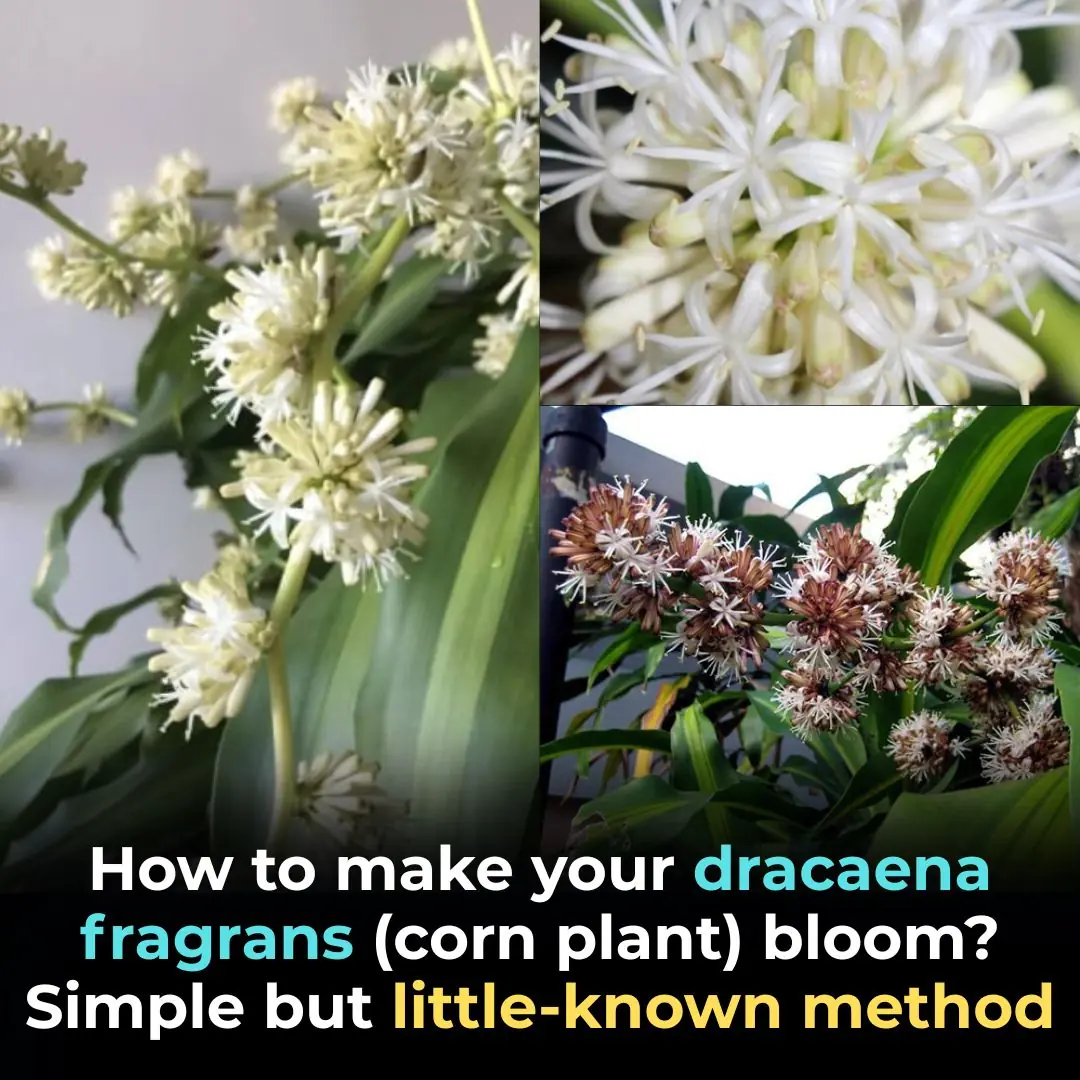
How to Make Dracaena Fragrans (Corn Plant) Bloom

Seeing his ex-wife in a fancy SUV, he doubted his own eyes.
